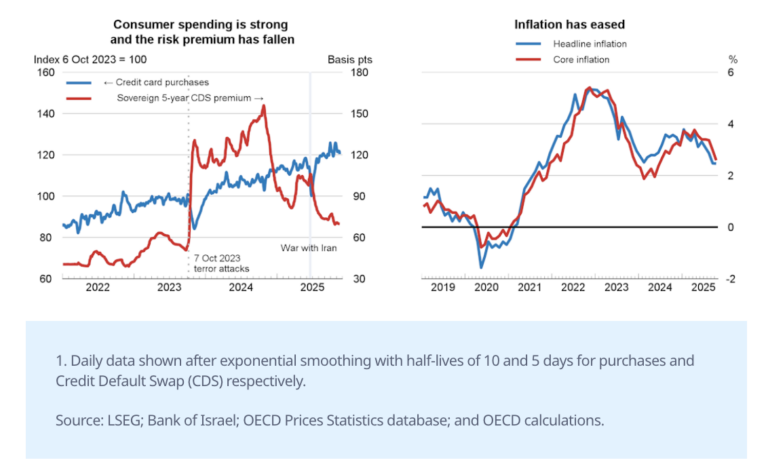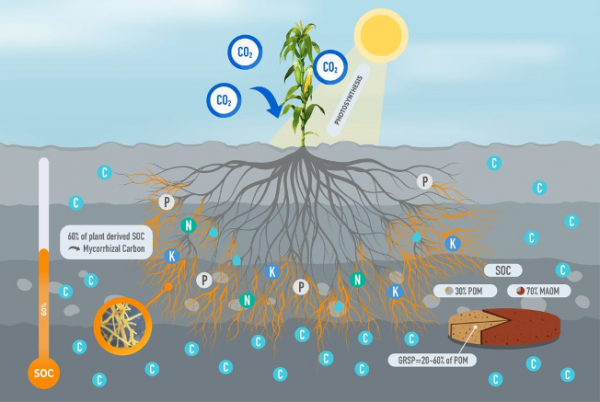Fibre optique : Sckipio a finalisé une levée de fonds de 10 M$ pour développer des modems à la norme G.fast

[:fr]Sckipio Technologies a finalisé une levée de fonds de 10 M$ auprès de quatre fonds de capital-risque (Gemini Israel Ventures, Genesis Partners, Amiti Capital, et Aviv Ventures). Cette levée a pour objectif de permettre le lancement dès 2014 de réseaux de communication compatibles avec la future recommandation G.fast de l’UIT (Union Internationale des Télécoms), une norme qui promet un débit de l’ordre du gigabit sur du cuivre (paires téléphoniques).
Cette technologie très prometteuse pourrait permettre aux opérateurs de déployer des solutions similaires au FTTh, en ne bouleversant pas les installations pour le raccordement final de l’utilisateur. Une technologie comme le FTTdp (Fiber to the delivery point) pourrait en bénéficier.
Sckipio Technologies, basée à Tel Aviv, et dont le CEO est David Baum a été fondée en 2012.
[:en]Sckipio Technologies announced completion of a $10M investment from four venture funds − Gemini Israel Ventures, Genesis Partners, Amiti Capital, and Aviv Ventures − to build ultra-high speed G.fast broadband modem semiconductors. These leading U.S. and Israeli investors are betting that Sckipio will become the leading chip company to enable G.fast – the new 1Gbps broadband standard soon to be announced by the ITU. Sckipio is actively working with multiple tier-1 telcos globally to address the pent-up demand for affordable ultra-fast broadband using G.fast.
“Sckipio is poised to be the leader in G.fast,” said David Baum, co-founder and CEO of Sckipio Technologies. “The standard is now ready and so are we. We’ve got a complete team with the relevant expertise in G.fast and the capital needed to deliver the right G.fast solutions quickly.”
Sckipio brings a deep understanding of the new ITU recommendation. As an active member of the G.fast ITU study group, Sckipio provided over 20% of all the contributions to the G.fast recommendation.
“G.fast is the best hope for telcos to affordably deliver 1Gbps to consumers,” said Oliver Johnson, CEO of Point Topic, a leading broadband market research firm. “We expect G.fast to be broadly deployed quickly because telcos need an effective alternative to cable and G.fast appears to have everything these telcos need to succeed.”
G.fast provides several key advantages over existing broadband technologies. The standard:
– Provides up to 1 Gbps of broadband access over existing phone lines for up to 250 meters
– Lowers the cost to deploy fiber-like speeds by as much as 90%
– Speeds up Telco take rates by eliminating home installations and installer-induced delays
– Simplifies deployments by using remote power feed, which eliminates complex permissions to power FTTdp field units
– Delivers Telcos 3-4x faster ROI when delivering next-generation broadband solutions
– Consumes comparatively little power, making it both green and low-cost to deploy
– Provides flexible upstream/downstream partitioning of available bandwidth allowing support for new and advanced broadband services
“We expect G.fast-based solutions to ship in 2014,” said David Baum.[:]







